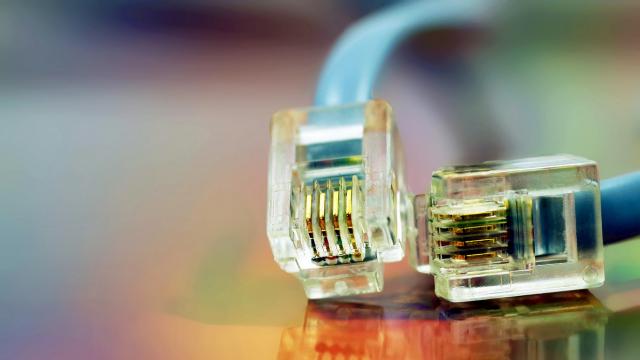This week NBN announced a $3.5 billion fibre upgrade across its residential and business networks. This is a big deal, because a huge portion of NBN connections rely on older technology to get the job done. Here’s the difference between FTTN and FTTP.
What does the NBN upgrade involve exactly?
There were two main upgrade announcements made this week. The first was new Business Fibre Initiative. This upgrade will mean 240 ‘business fibre zones’ across Australia will be upgraded to fibre gigabit internet over the next few years.. These zones include rural as well as metro areas.
The second announcement was a $3.5 billion residential upgrade that will see around half of fibre-to-the-node (FTTN) connections being upgraded to direct fibre (FTTP) connections.
A further $500 million will be used to upgrade old hybrid-fibre coaxial (HFC) connections and fibre-to-the-curb (FTTC) upgrades connections.
Why does this matter?
There are seven different types of NBN connections in Australia, and the vast majority of them rely partially on outdated technology.
The biggest culprit is FTTN, which can have speed issue due to its lack of direct fibre connection. Instead, uses existing copper phone and internet wires to connect your home to the NBN. These wires run from a premises to a central node in your neighbourhood. A fibre optic cable then runs from the node to the nearest fibre distribution hub.
At the present time FTTN customers can only access four NBN speed tiers — NBN 12, NBN 25, NBN 50 and NBN 100. That being said, NBN Co advises your home needs to be within 400 metres of the node to hit NBN 100 speeds.
How Will FTTP be different?
In general fibre to the premises (FTTP) is considered the fastest available NBN connection type. This is because it has the lowest speed degradation and highest potential for download and upload speeds. This is because of how direct the connection is compared to those that combine older technology with fibre.
FTTP connects a premises directly to the NBN through a fibre optic cable. A multi-fibre ribbon runs from the closest fibre distribution hub and a home gets its own dedicated fibre from it.
Replacing copper with direct fibre connections to the homes of half its FTTP customers will allow up to 1 gigabit speeds. It also means that these customers will be able to access NBN 1000 and NBN 250 plans.
At the present these top speed tier plans are only available to FTTP and a small portion of HFC customers.
So the NBN upgrade is a good thing?
It’s definitely an exciting upgrade, at least on paper. The execution remains to me seen. It’s also something that should have happened a long time ago. Direct fibre connection was the original plan Labor had for the network. However the Coalition opted for incremental upgrades of older internet connections, instead.
Seven years, late delivery, slow connections and a lot of borrowed money later it looks like the government is finally ready to go with the original plan and take credit for it.
